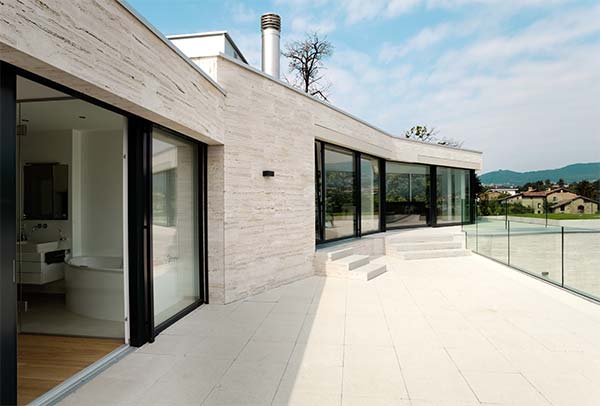
Nip it in the Bid
“Construction firms often make unrealistically low bids to get jobs… but they can count on finding plenty of reasons later to jack the price up enough to allow for a profit. When the building is underway, it becomes prohibitively expensive to fire the contractor and start anew. The owner has become a hostage.” – Wall Street Journal, December 5th, 2007
There are two kinds of contractors: Those who want to GET the job and those who want to DO the job.
Contractors know that homeowners are bottom-line driven. Low bids might look great on the outset, but nobody thinks about why a bid is lower. I’m here to tell you those low bids won’t look so great later on in your project.
When comparing bids, it’s imperative you do an apples to apples comparison. A low bid might catch your attention and motivate you to move forward quickly, but where is the cost being cut?
Wherever that low cost is, you’re going to pay for it later.
If you only look at the bottom-line number, you’re missing out on potential risks that could mean thousands of more dollars than you were planning to spend.
The costs of improperly constructed or unprofessionally managed remodels cost much more than what you think you’re saving on that initial low bid.
If you compare your bids line by line, the risks for spending start to become much more obvious. A proper bid is detailed and specific. If one line of your bid just says, “replace fixtures.” Run. Run very far away.
Or — more realistically — follow up with more questions.
When I work with my clients, we have every last detail specified clearly. We know brand, color, and style of every last piece of the puzzle. For example, if your bid just says “flooring,” that’s not gonna cut it. Flooring could mean a myriad of things. Is it hardwood? Engineered wood? Tile? Also, different flooring has different installation methods, which ultimately mean a difference (or more likely rise) in cost. Is it small tile or big tile? Small tile takes much longer to install. If you don’t even know what type or size tile you want, or if you’re contractor doesn’t specify what your preferred tile will cost to install, you and your wallet are in for some $ignificant surprises down the road.
So, when you’re comparing bids, don’t just look at the final cost and choose the cheapest one. Analyze the specifics and see where important details are missing. Follow up with questions, get every last detail and then choose your bid.
A detailed contractor isn’t out to just get the job, he wants to do the job. And that’s a job well done.




No Comments